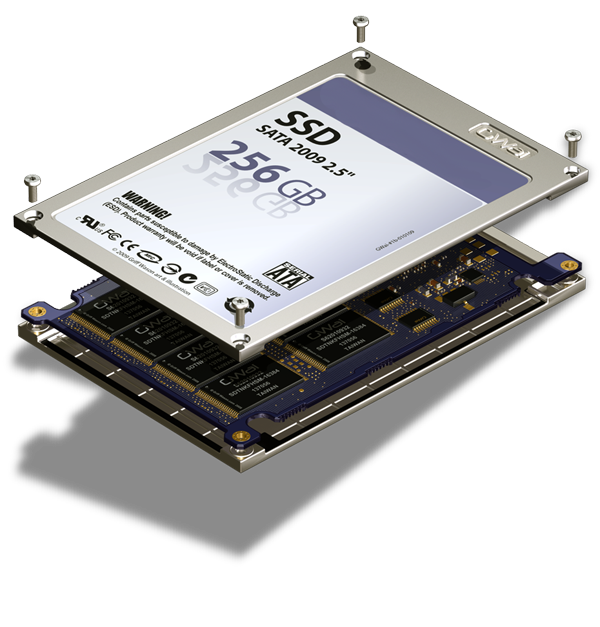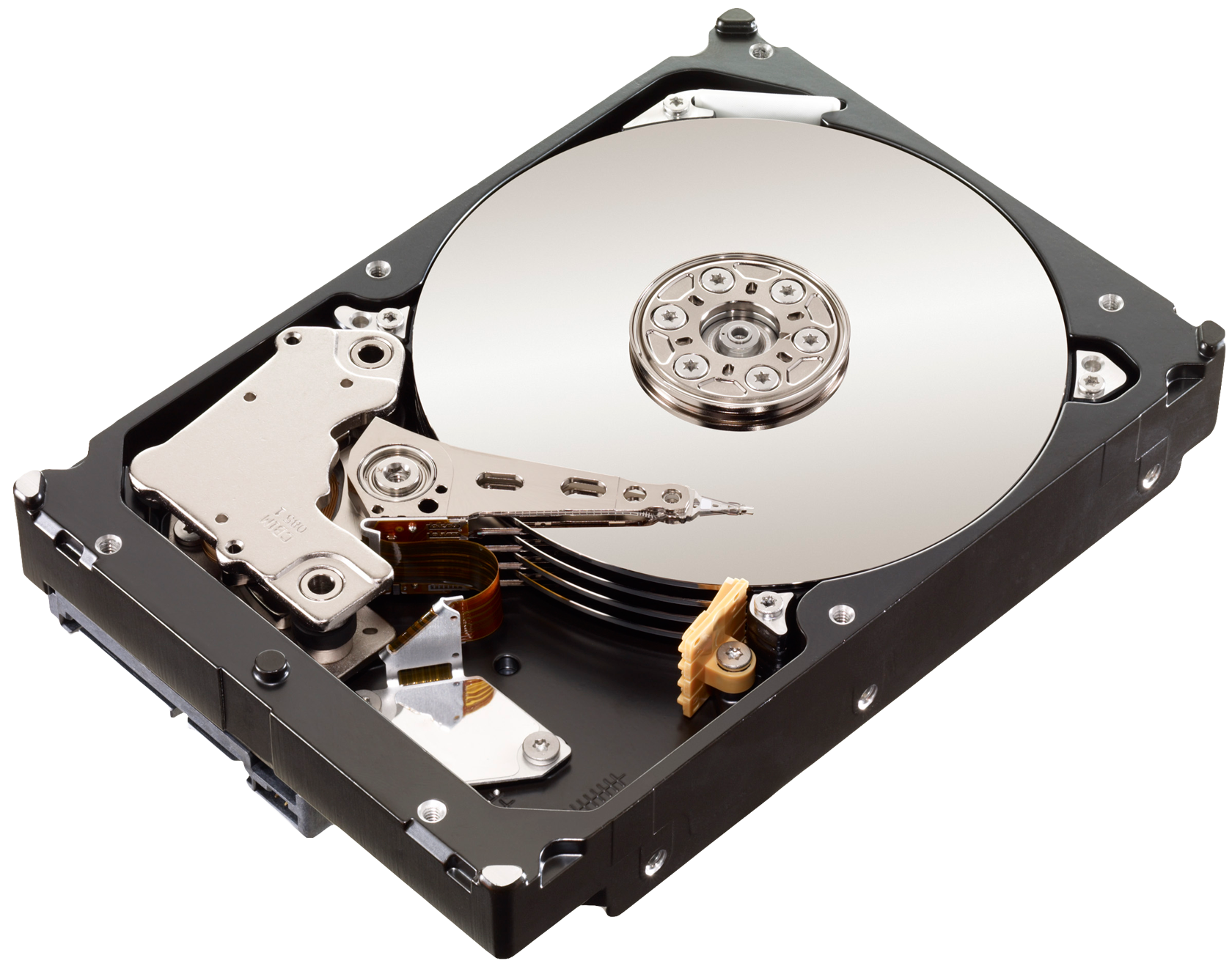Disk Partitions and File Systems: A Comprehensive Guide
Delve into the intricacies of disk partitions and file systems, understanding their significance in effective data management.
Introduction to Disk Partitions
Disk partitions are like individual sections on your hard drive that separate and organize data. They play a crucial role in optimizing storage, allowing you to segregate your files and manage them efficiently.
Types of Disk Partitions
Understanding the different types of disk partitions is essential for effective storage management. Primary partitions are the main sections that contain the operating system, while extended partitions can be further divided into logical partitions, offering additional organization flexibility.
Significance of File Systems
File systems are the structures that determine how data is stored and retrieved on a storage device. Common file systems include NTFS, FAT32, and exFAT. The choice of file system impacts factors such as file size limits, compatibility, and security features.
Best Practices for Managing Disk Partitions
To optimize your storage and enhance data management, consider the following best practices:
- Plan your partitions based on your usage needs to allocate space effectively.
- Regularly backup important data, especially before making changes to partitions.
- Choose a file system that aligns with your operating system and storage requirements.
- Periodically check and optimize your disk partitions for better performance.
- Avoid filling up partitions to their maximum capacity to prevent performance issues.
Conclusion
Disk partitions and file systems are the backbone of efficient data management on your computer. By understanding their roles and implementing best practices, you can ensure a seamless storage experience, optimizing both performance and organization.


